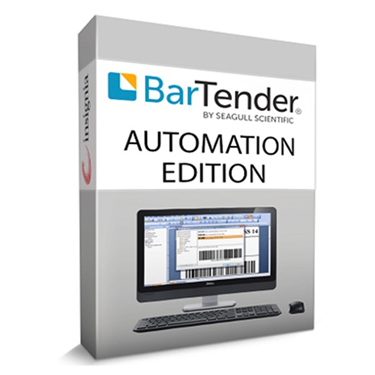Weibull Analysis is a statistical technique used to analyze the failure rates of components, products, or systems. It is a powerful tool for reliability engineers, quality control professionals, and maintenance teams to identify and quantify the likelihood of failure, and to make informed decisions about maintenance, replacement, and design improvements.
Key Features of Weibull Analysis:
- Estimation of Failure Rate: Weibull Analysis estimates the failure rate as a function of time, providing a graphical representation of the failure rate curve.
- Reliability Metrics: Weibull Analysis provides several reliability metrics, including the mean time to failure (MTTF), the median time to failure, and the failure rate at a specific time.
- Confidence Intervals: Weibull Analysis provides confidence intervals for the estimated failure rate and reliability metrics, allowing users to quantify the uncertainty associated with the estimates.
- Graphical Outputs: Weibull Analysis provides graphical outputs, including probability plots, hazard plots, and survival plots, to help users visualize the failure data and identify patterns.
- Support for Censoring: Weibull Analysis supports censored data, which is commonly encountered in reliability engineering applications.
- Model Validation: Weibull Analysis provides tools for validating the Weibull model, including goodness-of-fit tests and residual plots





















There are no reviews yet.